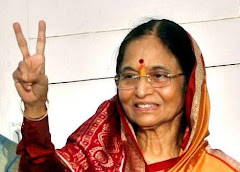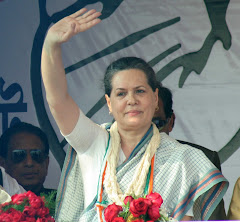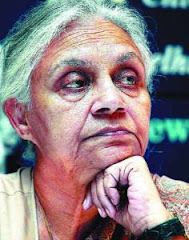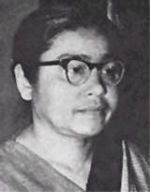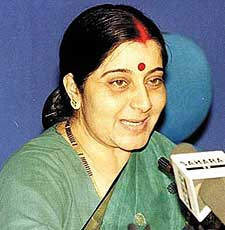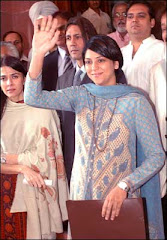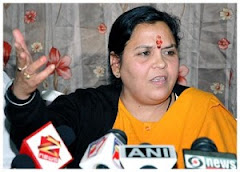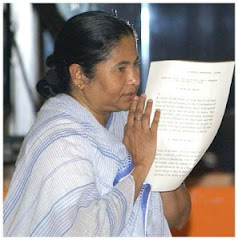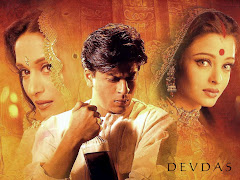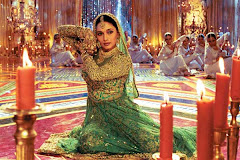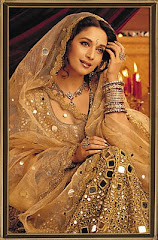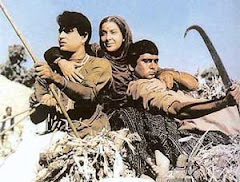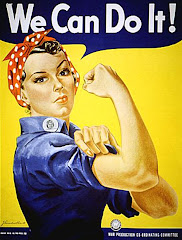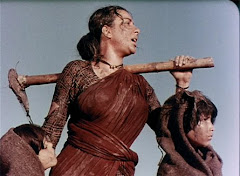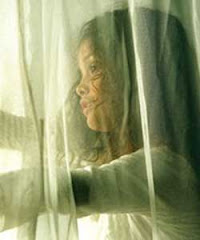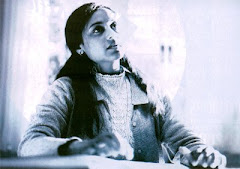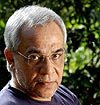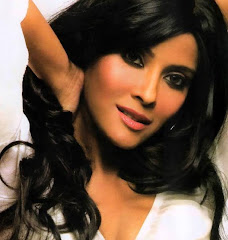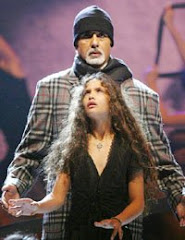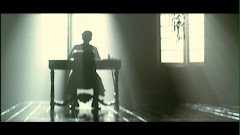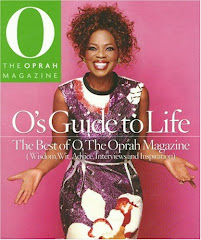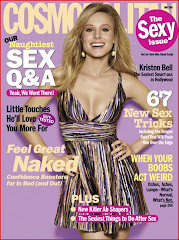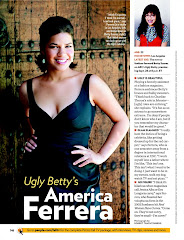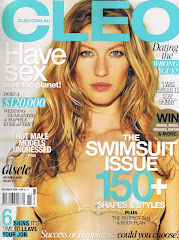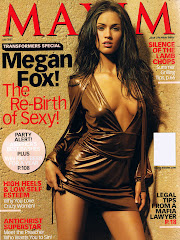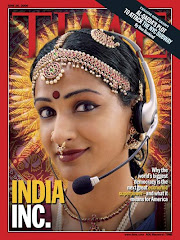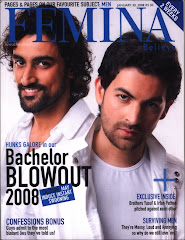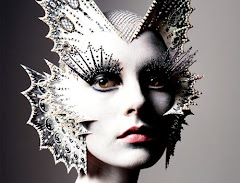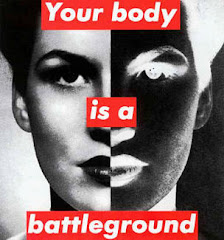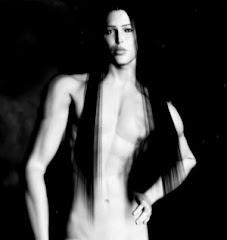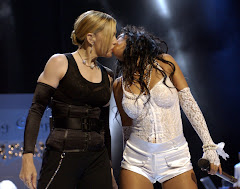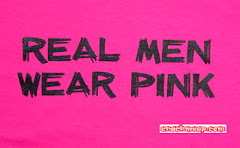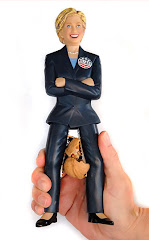The condition of women's magazines today is such that it has become a subject of satire. What was known for its inspirational stories for women, are now known only for glitz and glamour. This video is just an introduction to women's magazines today. In this journal I will discuss various aspects of women's magazines that are derogatory to women, along the lines of three key issues raised by Gauntlett in this regard.
QUESTIONS HAPPINESS
Some women’s magazines “encourage you to question your life and your happiness and tell you what you ought to be doing or feeling”. (pg.212)
Today, magazines are bolder, more revolutionary. It would not be difficult to start believing in their prescriptive manner especially when they claim to be the only truth. There is absolutely no doubt that they draw people into a world of make believe, enticing them to a life largely disconnected from reality. I strongly feel that they compel people into believing their way as the only perfect and right way. A written word after all has the capacity to shake the foundations of one’s own beliefs.
Take for example this magazine cover which says “get the body you were born to have.”
Who decides what kind of body one was meant to be born with, or what is a perfect body? Not only does it create self-doubt but also makes them uncomfortable about themselves. Setting unreasonable standards, usually not based on any scientific research, creates undue pressure on the reader. Moreover, is it only about beauty and looking good? Magazines carry very strong contradictory messages and often leave the readers wondering.
Closer scrutiny of this particular magazine is a case in point.
It reads, ”be the woman God wants you to be,” giving a very positive assurance to women that the perfect and only way is the natural way, dissuading them from playing around with their bodies.
Ironically the cover unashamedly imposes screaming headlines; ‘detox diet’, ‘lose weight’, ‘get glowing skin’, ‘find your new look’; confusing the readers further. They probably reinforce that probably god wants one to be like the sexy cover girl.
What can be a starker example of the confusing messages than this cover with America Ferrera “Ugly Betty” now not so ugly, rather super hot! When the show was first premiered it immediately caught the attention of the public, breaking many myths and fallacies, and set in motion strong beliefs that beauty lay within.
Now suddenly being bombarded with this airbrushed and morphed photo of a diva like “Ugly Betty,” left many shocked and wondering what to believe.
CONTRADICTIONS
My main objections remain with the contradictory messages that magazines carry. There is nothing objectionable about motivating people to take care of their bodies and look good which in fact, can go along way in improving a person’s self-image. However, one wonders if eulogizing womanhood, is giving them the power and courage to stand up and assert themselves, or is it simply about “if men can, so can we?” The intention is questionable. By propagating prototypes of the perfect women with a perfect body, they send very contrasting messages.
Having said that, I am also not comfortable with the belief that, “women’s magazines are, of course, all about the social construction of womanhood today” (pg.196).
In my opinion, women magazines are more about “social destruction” of womanhood today. Overriding commercial interests and focusing too much on issues that are not even skin deep or important, harms womanhood beyond repair. They encourage misplaced values through stories of "how to make him groan", and shapely figures over healthy bodies. Women give into anorexia and at times, even obesity when the depression of failing to match their idols grips them. Reams of glossy paper highlighting lives of glamour dolls, top models, or just rich and spoilt heiresses like Paris Hilton, do very little to rebuild any positive image of women. Where are the inspiring stories of women like Dorothy Hodgkin, Rosa Parks, Eva Peron, Betty Naomi Freidan, Anne Frank, Billie Jean King, Mother Teresa or the more contemporary women Aung San Suu Kyi, Mia Farrow, Indra Nooyi and the endless list of women whose lives can lend a new meaning to living ?
MEN AS SEX OBJECTS
This brings me to my last contention regarding magazines for women. "Women were objectified for decades in men's media, advertising and pornography. But nowadays several women's magazines objectify men using the same kind of language and imagery as the men's magazines- and at times, even in ways which some of the men's magazines might be embarrassed about." (pg. 196)
It is remarkable and courageous for them to bring the woman out of the closet, especially after years of suppression and struggle. They are now increasingly being considered a human in flesh and blood with her own needs, desires and dreams. With women being more expressive and assertive, they refuse to be just pretty dolls to be ogled at. Rather they are no longer shy of appreciating the male body.
Appreciation of the other in that sense is an assertion of gender equality. Women magazines are becoming increasingly open, which is a good sign. However, in an attempt to be liberal and in using men as sex objects, women have continued to remain sex objects themselves.
History stands testimony to the appreciation and exaltation of the human body.
The country I come from has long traditions of literature, dance forms, music, sculpture, paintings eulogizing sex and sexuality. Kama sutra, temples at Khajuraho and Konark bear testimony to the fact that sex and sexuality are not taboo but something to be celebrated. Thus, in my opinion, there is nothing wrong with the appreciation of the opposite sex but obsessively talking about how to entice your man or titillating the senses makes such magazines extremely restrictive. Anything bordering on pornography is just not acceptable.
In this scenario, it is heartening to know of some very positive women’s magazines like "O" and "Good Housekeeping". It would be interesting to see how many other magazines actually go beyond the heady cocktail of fashion, food and entertainment into something more meaningful and sensitive to make this world a better place. How many actually report the unhealthy sex ratio, female infanticide, illiteracy amongst women or domestic violence? Were they to report the women in the third world countries who work tirelessly in the fields despite their five to six children and show resilience to carry on in a world largely dominated by men, the respect for such magazines would increase manifold.




